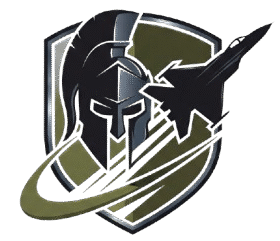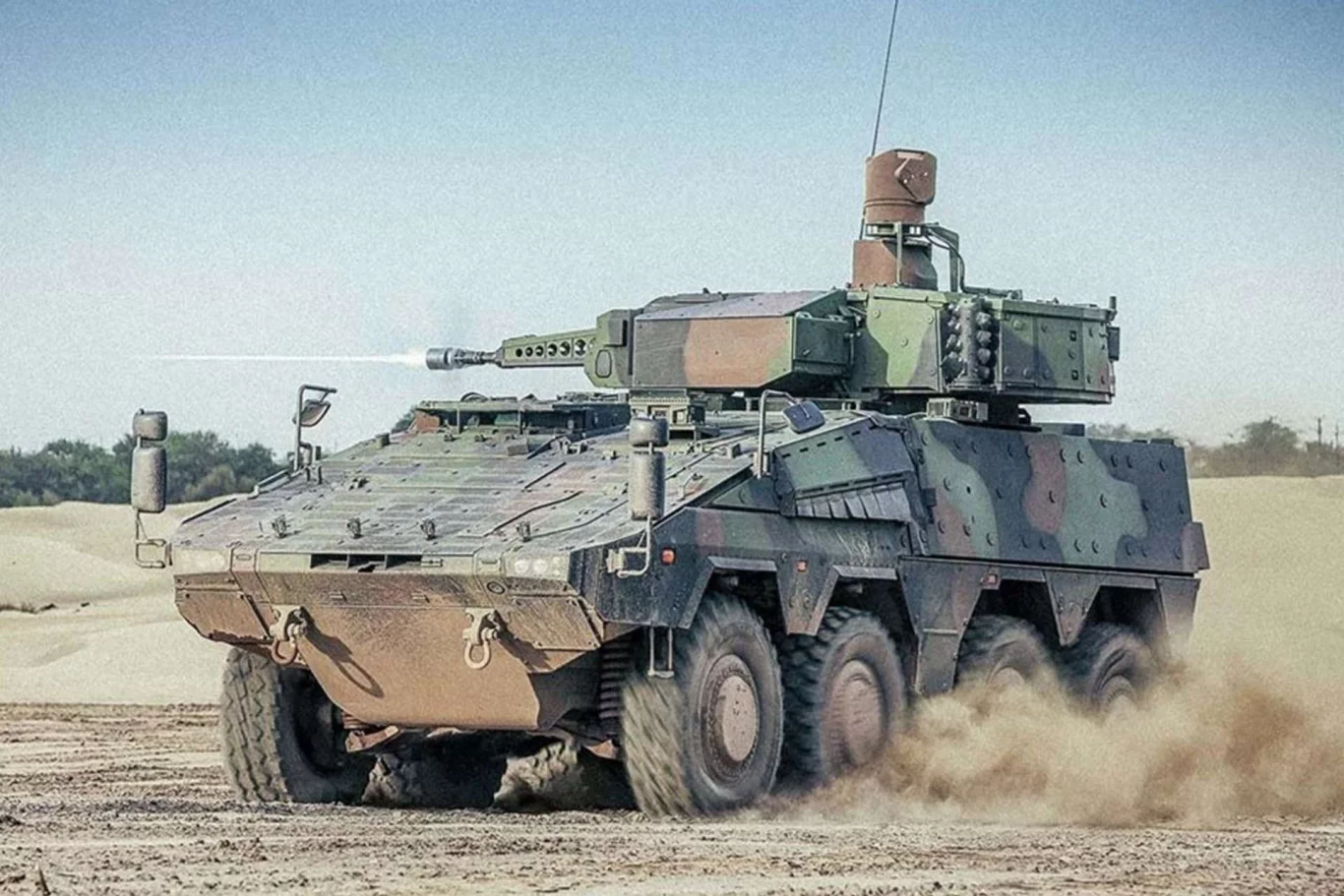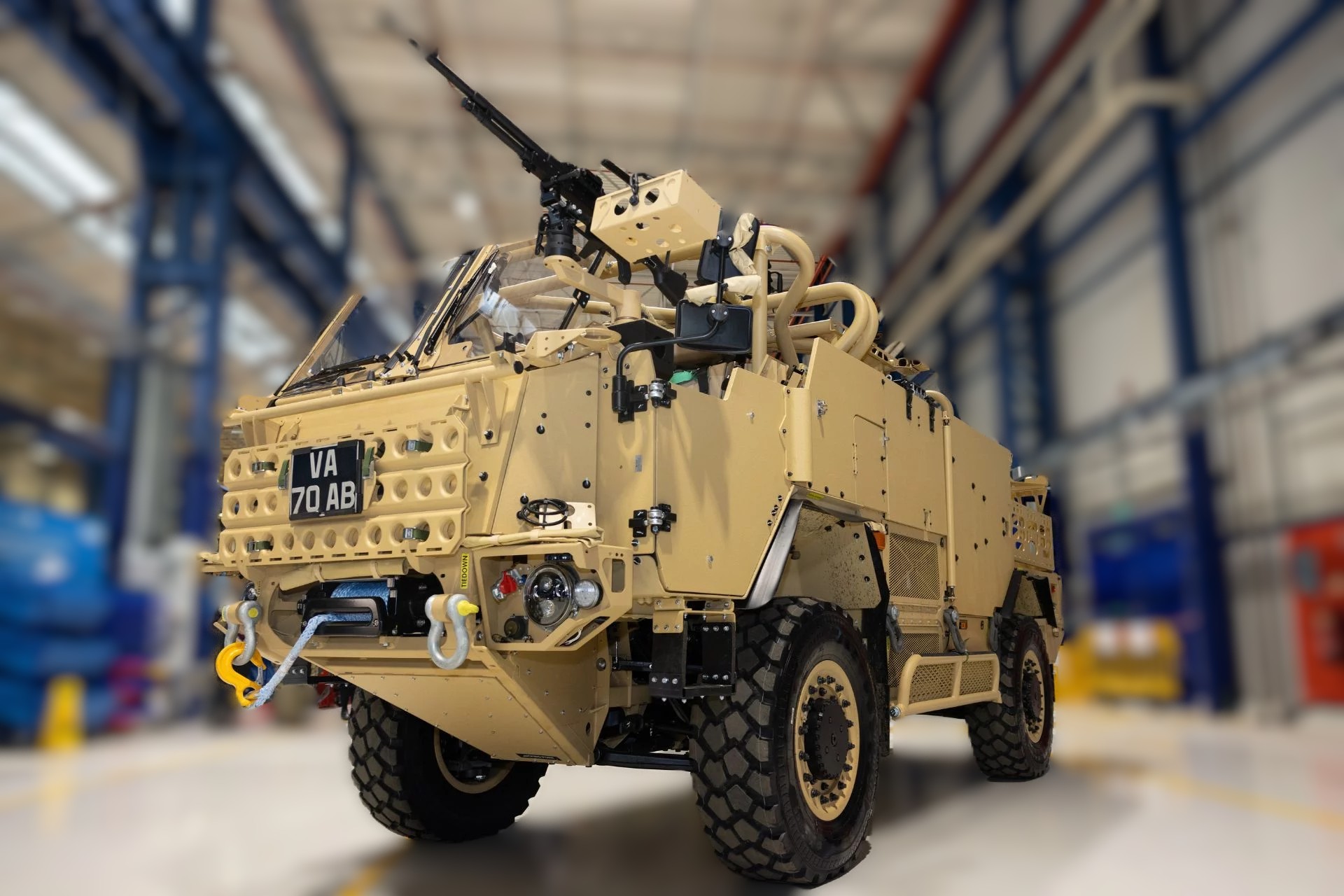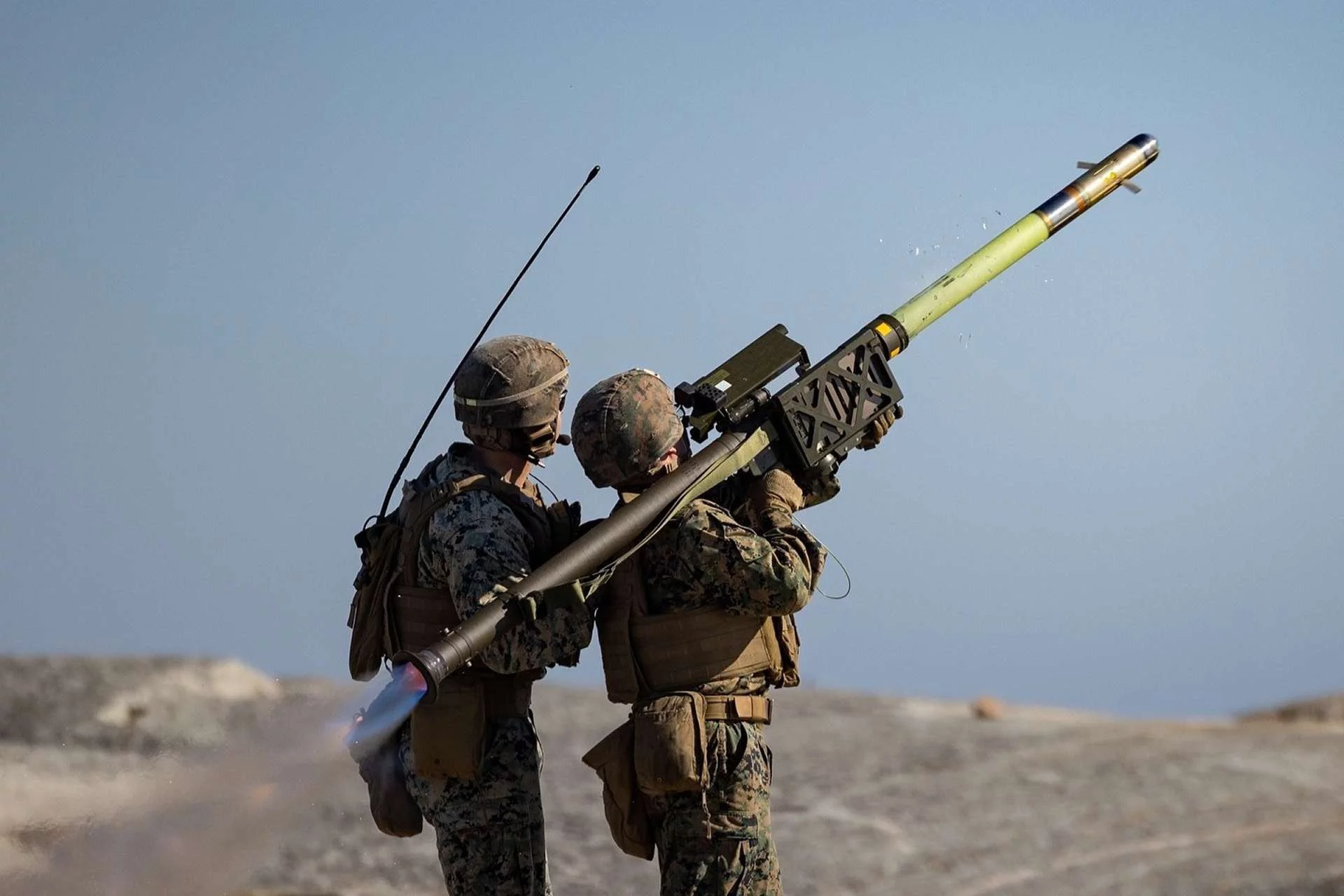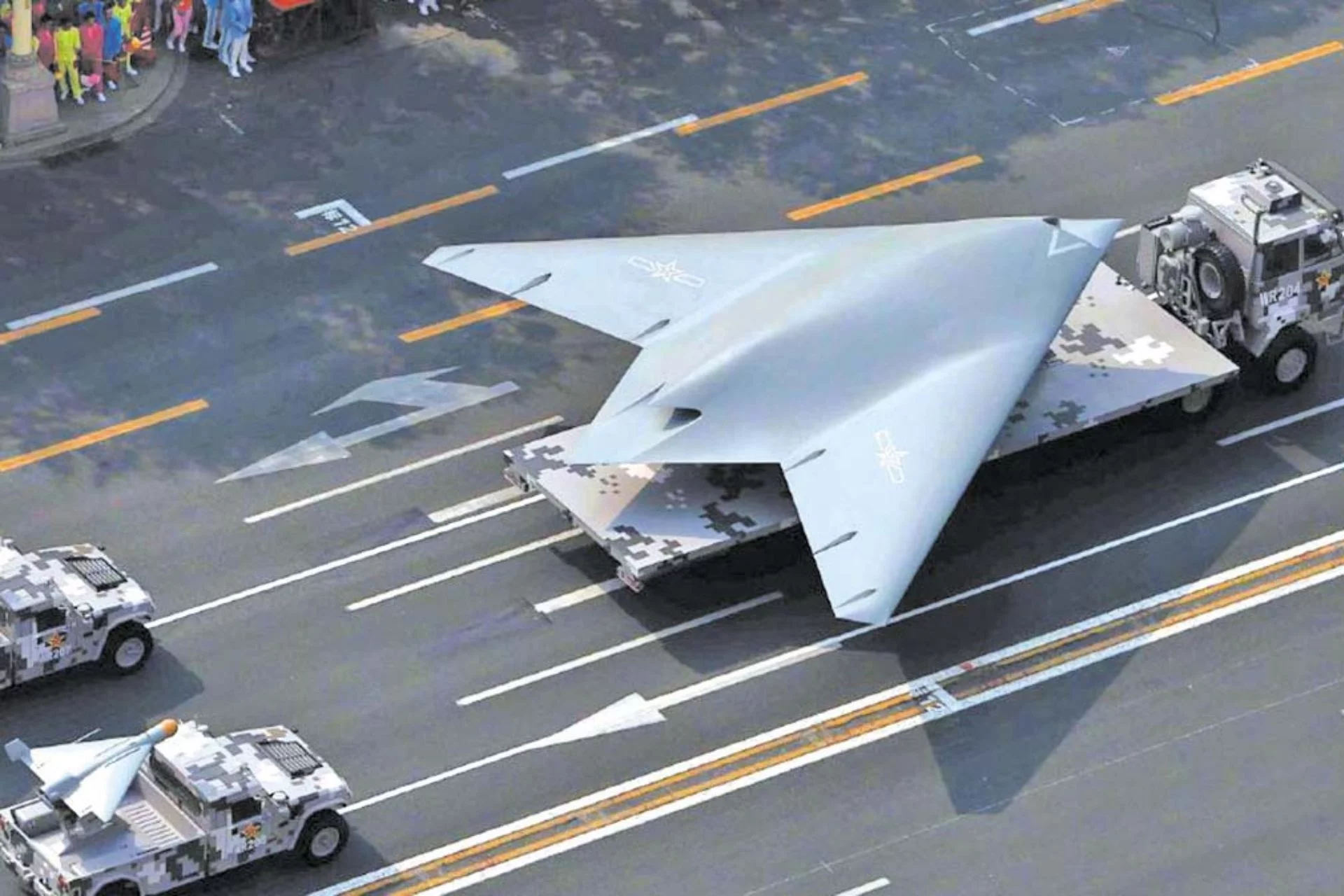In a groundbreaking move that’s set to reshape the landscape of European defense and send shockwaves through global military circles, Germany and the Netherlands have officially inked a massive €4.5 billion contract for the acquisition of 222 state-of-the-art SCHAKAL infantry fighting vehicles (IFVs). This ambitious deal, orchestrated through the Organisation for Joint Armament Cooperation (OCCAR), not only expands their already formidable joint fleets of Boxer armored vehicles but also underscores a deepening commitment to collaborative defense strategies amid rising geopolitical tensions. Announced on October 17, 2025, in Bonn, this agreement marks a pivotal chapter in the ongoing modernization of land combat capabilities, injecting fresh vitality into NATO’s protected mobility framework and enhancing battlefield resilience in ways that could redefine modern warfare.
To fully appreciate the significance of this investment, it’s essential to delve into the broader context of the Boxer program. The Boxer, an 8×8 wheeled armored vehicle platform, has long been hailed as a cornerstone of modular military design in Europe. Developed through a multinational consortium, it allows for rapid reconfiguration to suit various mission profiles, from troop transport to command and control operations. Since its inception, the Boxer has been adopted by several nations, including Germany, the Netherlands, Lithuania, and the United Kingdom, under the OCCAR umbrella. This latest contract pushes the total value of OCCAR-managed Boxer initiatives beyond the €10 billion threshold, highlighting the program’s evolution from a niche project into a pan-European powerhouse. What started as a response to the need for versatile, survivable vehicles in asymmetric conflicts has now matured into a system capable of standing toe-to-toe with peer adversaries in high-intensity scenarios.
At the heart of this new tranche is the SCHAKAL IFV, a cutting-edge variant that marries the Boxer’s proven modular chassis with advanced combat features tailored for infantry support. Drawing on joint German-Dutch engineering expertise, the SCHAKAL boasts enhanced armor plating designed to withstand a barrage of threats, including improvised explosive devices (IEDs), small arms fire, and even anti-tank munitions. Its standout feature is the integration of the PUMA RCT30 remotely controlled turret, equipped with a powerful 30mm cannon that delivers precision firepower at extended ranges. This turret isn’t just about raw lethality; it incorporates state-of-the-art optics, thermal imaging, and sensor fusion technology, allowing operators to detect, track, and engage targets with unparalleled accuracy, even in low-visibility conditions like fog, night, or urban clutter.
But the SCHAKAL’s innovations don’t stop at armament. Built on the latest Boxer drive module configuration, it emphasizes interoperability and future-proofing. This upgraded module introduces higher power outputs, improved cooling systems, and expanded electronic architectures, paving the way for seamless integration of next-generation command, control, communications, computers, intelligence, surveillance, and reconnaissance (C4ISR) systems. In practical terms, this means SCHAKAL-equipped units can share real-time data across multinational forces, coordinate strikes with drones or artillery, and adapt to emerging threats like electronic warfare or cyber intrusions. Compared to traditional tracked IFVs, the Boxer’s wheeled design offers superior strategic mobility—faster road speeds, lower fuel consumption, and easier logistics—without sacrificing tactical prowess on the battlefield. This blend of attributes makes the SCHAKAL a versatile asset for everything from rapid deployment in peacekeeping missions to intense combined-arms operations in contested environments.
Beyond the 222 SCHAKAL IFVs, the €4.5 billion package encompasses an additional 48 vehicles, bringing the total to 270 new units. These include specialized Driver Training Vehicles, which are crucial for honing operator skills in a controlled setting, thereby reducing accidents and boosting overall readiness. Germany, in particular, is bolstering its medical evacuation capabilities with new Ambulance variants outfitted with upgraded C4I systems and visual aids, alongside a comprehensive retrofit program for its existing ambulance fleet. These enhancements incorporate advanced medical equipment, such as automated defibrillators, trauma kits, and telemedicine interfaces, aimed at improving casualty survival rates in the heat of battle. In an era where prolonged conflicts demand sustained troop welfare, these medical upgrades represent a holistic approach to force protection, ensuring that soldiers not only fight effectively but also receive timely care to return to the fray.
The industrial backbone of this endeavor is ARTEC GmbH, a joint venture between German defense giants Rheinmetall and KNDS (formerly Krauss-Maffei Wegmann and Nexter). As the prime contractor, ARTEC oversees the production, integration, and initial in-service support, leveraging a spiral development model that iteratively refines the platform based on user feedback and technological advancements. This collaborative framework minimizes risks, optimizes costs, and fosters innovation—key factors in a defense market where budgets are scrutinized and timelines are tight. For Germany and the Netherlands, this deal sustains high-skilled jobs in their defense sectors, stimulates economic growth, and positions European industry as a competitive alternative to U.S. or Asian suppliers. Moreover, by standardizing on the new drive module, OCCAR nations can achieve economies of scale in maintenance, spare parts, and training, ultimately lowering long-term ownership costs.
Strategically, this investment arrives at a critical juncture for NATO. With ongoing conflicts in regions like Eastern Europe and the Middle East exposing vulnerabilities in armored formations, the SCHAKAL and its Boxer siblings provide a credible deterrent against hybrid threats. They enhance the Alliance’s ability to project power along its northern and eastern flanks, where rapid response and interoperability are paramount. Imagine multinational battlegroups seamlessly integrating German SCHAKALs with Dutch ambulances and Lithuanian transports—this level of cohesion not only boosts operational efficiency but also sends a unified message to potential aggressors. In urban warfare scenarios, the SCHAKAL’s medium-caliber turret excels at suppressing enemy positions while protecting dismounted infantry, complementing heavier tracked units like tanks in a layered defense strategy.
From a budgetary standpoint, the €4.5 billion allocation is a calculated bet on scalability and resilience. While the exact unit costs vary depending on configurations—SCHAKALs with their advanced turrets command a premium over basic transporters—the package includes provisions for spares, documentation, and training that front-load value. This approach de-risks future expansions, as OCCAR has hinted at “active planning” for additional variants. In an inflationary world where defense spending faces domestic pressures, such forward-thinking procurement ensures that Germany and the Netherlands can scale their forces without prohibitive delays or costs.
Looking ahead, this contract cements the Boxer’s legacy as Europe’s go-to modular 8×8 platform, blending IFV-grade combat muscle with medical and training depth. It exemplifies how nations can transform urgency into tangible capability through smart alliances, innovative design, and shared industrial might. As Teoman S. Nicanci, a defense analyst at Army Recognition Group, aptly notes in his coverage, this move not only fortifies NATO’s posture but also heralds a new era of European defense autonomy. For soldiers on the ground, it means better protection, superior firepower, and enhanced support—elements that could very well tip the scales in future conflicts. In a world of uncertainty, investments like this are more than just hardware; they’re a statement of resolve, unity, and readiness.
